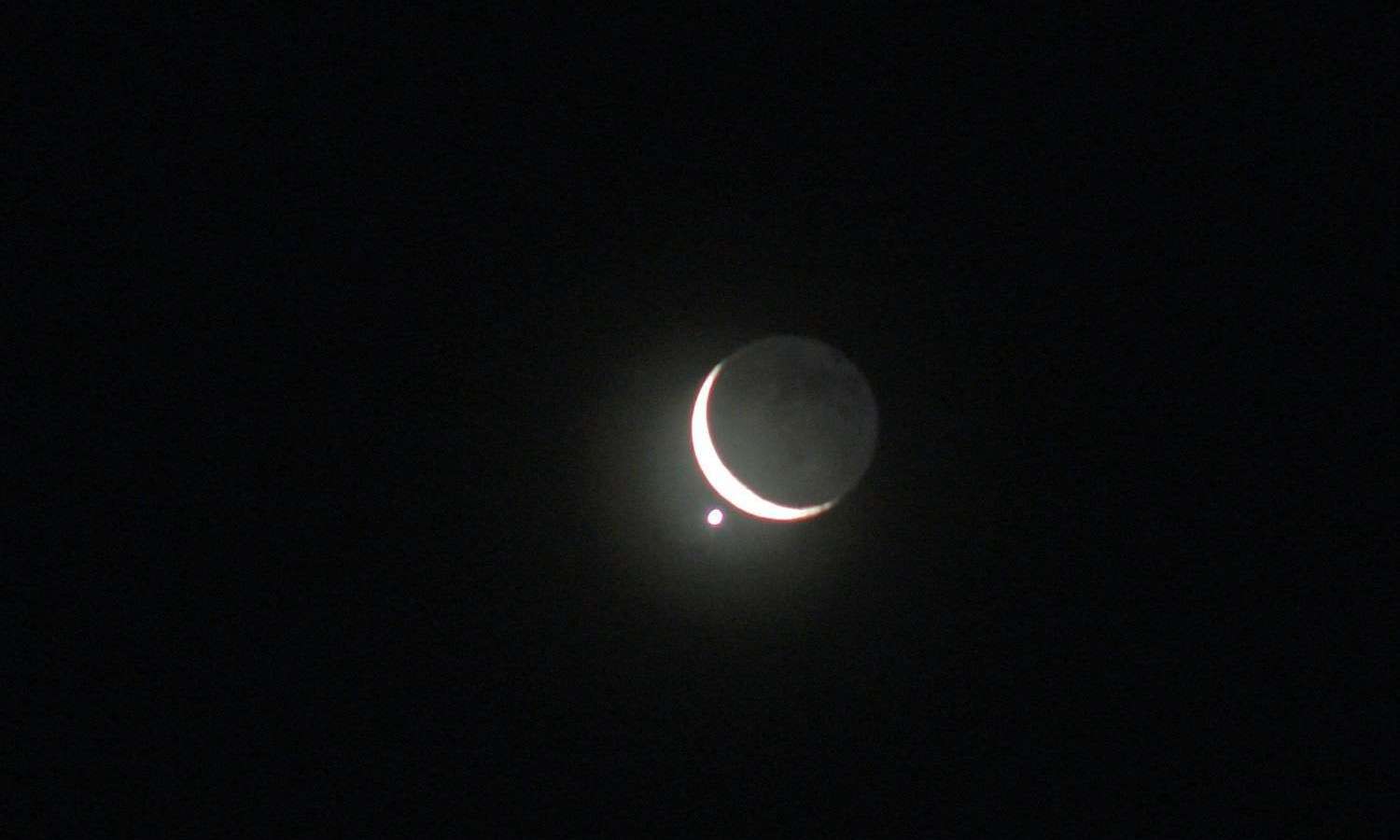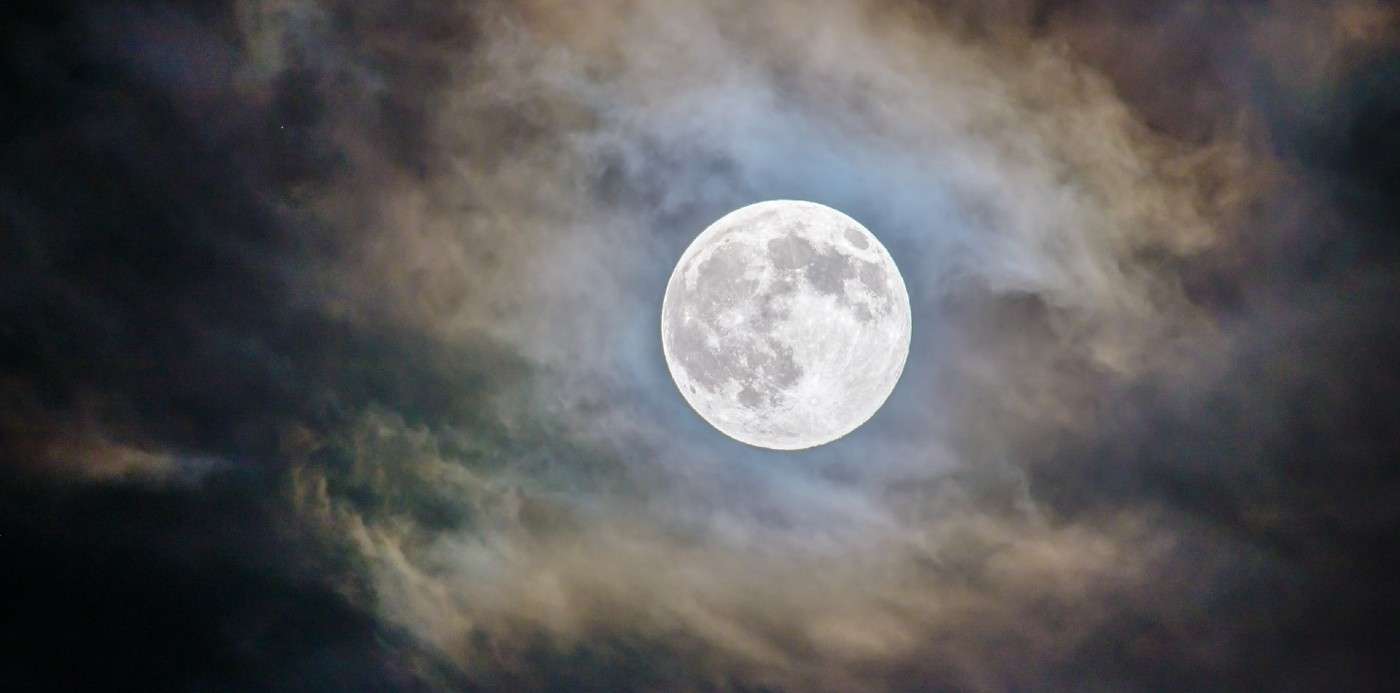Striking 3D-Printed Hotel Will Turn Heads With its Design Ideas For Texas Location
The local West Texas earth is being added to the 3D printing cement mixture to ensure the luxury cabins blend in with their surroundings.

As we are only a week of waxing away from the full moon of April, it's worth taking a look at other celestial sightseeing opportunities in the springing month.
Around midnight of Wednesday, April 5th, the Pink Moon will fully illuminate the sky. Also known as the Paschal Moon, it sets the date for Easter on the Sunday after the first full moon in April.
Despite cherry blossoms and other flowers heralding spring, the Pink Moon is not actually pink. The name corresponds with the early springtime blooms of Phlox subulata-commonly called creeping phlox or moss phlox, native to North America where Old Farmer's Almanac keeps track of all the names given by a mix of settlers and native tribes.
For example, you have Moon When the Ducks Come Back (Lakota), Moon When the Geese Lay Eggs (Dakota), Frog Moon (Cree), Breaking Ice Moon (Algonquin), and Budding Moon (Tlingit).
Further out into space, the second half of April will present some excellent viewing opportunities for those with a telescope or binoculars.
On April 15th, overnight into the 16th, the planet Saturn will come within very close proximity to the Moon. They will appear just 3° apart, and while the ringed planet can be seen by the naked eye, a decent pair of binos will allow you to see the rings.
On April 20th, for those readers from Indonesia, Timor Leste, and Australia, particularly in the Ningaloo area, there will be a hybrid solar eclipse.
That means that as the eclipse travels along the path of totality, depending on where you are along it, you will see different shapes pass over the sun as the moon's shadow affects viewing on Earth.

Time and Date have put together a great article on how to see it if you live Down Under.
April 23rd will be the peak time of the Lyrid Meteor Shower, where in the pre-dawn hours one will be able to see around 20 shooting stars per hour.
The point in the sky out of which they seem to radiate is in the constellation Hercules. The Lyrids aren't the largest meteor swarm, but the moon will be very small that night and offer no light pollution of the meteors one would see.
Lastly, after sunset on April 25th, the waning crescent moon of April will pair on its bright side with Mars just behind it as a glowing red sphere. This one can also be seen without binos or a telescope, but they will make the opportunity all the more special.
SHARE These Awesome Stargazing Opportunities With Your Friends…
Be the first to comment